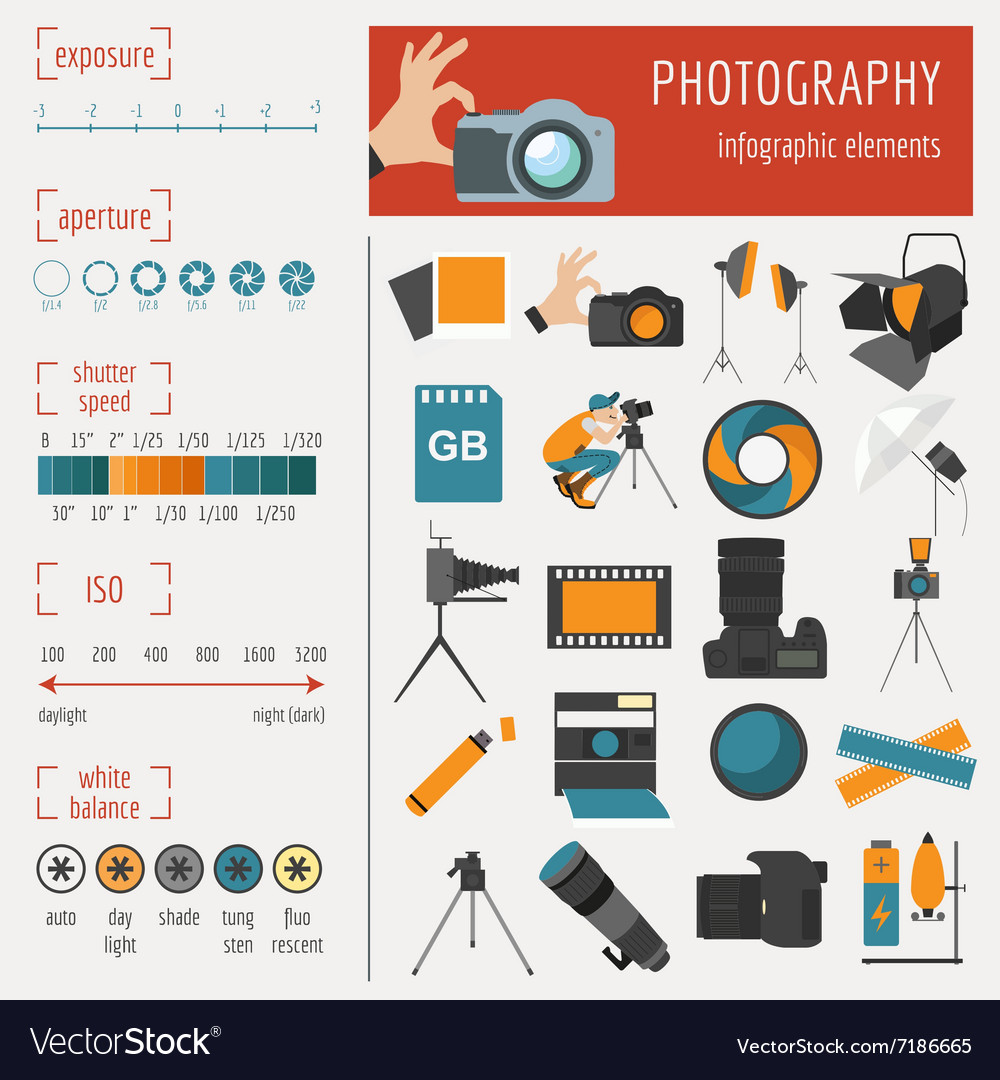What Every Photographer Must Understand About Lights
What Every Photographer Must Understand About Lights
Blog Article
Writer-Parks Covington
As a professional photographer, you know that lights can make or break your pictures. Recognizing the nuances of both all-natural and synthetic light is necessary for capturing the mood and quality you aim for in your work. Whether you're going after the best gold hour glow or adjust your fabricated setups, understanding these elements can raise your digital photography significantly. But there prevail risks that numerous overlook, and acknowledging them can transform your strategy to every shoot. Allow's explore what you might be missing and how it can affect your outcomes.
Comprehending All-natural Light
Comprehending all-natural light is important for any professional photographer seeking to enhance their job. It's the structure of excellent digital photography, affecting state of mind, tone, and quality. When you shoot outdoors, take notice of the moment of day. The gold hour-- shortly after dawn and before sundown-- supplies soft, cozy light that can transform common scenes right into spectacular pictures.
Don't take too lightly the power of cloudy days. Cloud cover diffuses sunshine, developing a soft, even light that's excellent for pictures and macro photography. You'll locate shades pop in this sort of lights without rough shadows.
Placing issues, too. Constantly consider Headshot photo to the source of light. If the sunlight's behind your subject, you might end up with a shape, which can be remarkable but mightn't be what you desire. Alternatively, direct sunshine can develop uncomplimentary shadows.
Try out angles; in some cases, transforming your perspective can yield remarkable results. Usage all-natural reflectors, like water or sand, to bounce light onto your topic, adding dimension.
Mastering Artificial Light
Understanding man-made light is necessary for digital photographers that wish to take their skills to the next degree. Whether you're utilizing speedlights, studio strobes, or continuous lights, recognizing exactly how to control these resources can drastically boost your images.
Beginning by acquainting yourself with the fundamentals of light quality, direction, and shade temperature level. Explore different modifiers like softboxes, umbrellas, or grids to manage the soft qualities or violence of the light.
You'll find that soft light usually develops flattering results, while harsher light can add dramatization and depth. Do not shy away from shadows; they can boost the three-dimensionality of your topics.
Pay very close attention to the placement of your lights. A light positioned also close to your topic can produce unflattering results, while also far away can result in a lack of information. Utilize a light meter or your cam's histogram to ensure you're exposing appropriately.
Last but not least, remember that artificial light can be mixed with ambient light for imaginative results. Stabilizing these resources may take method, but once you grasp it, your photography will absolutely shine.
Methods for Various Situations
When you step into different capturing situations, adapting your lights strategies is important for recording the best images. For exterior pictures, make use of the gold hour-- morning or late afternoon light-- to soften shadows and boost complexion.
If it's an extreme midday sun, take into consideration using a reflector to jump light back onto your topic or seek shaded locations for a much more also exposure.
In website -light circumstances, like interior occasions, enhance your ISO and make use of a large aperture to let in more light. Photography studio near me can help get rid of video camera shake, enabling longer exposures without blurring.
If you're contending night, try out off-camera flash to develop vibrant lighting and depth in your photos.
For item photography, use diffused lighting to avoid severe reflections. Softboxes or light camping tents can aid achieve this impact.
When photographing landscapes, consider the direction of light and time of day, as it can significantly change the mood of your shot.
Always prepare to adjust your settings and placing based upon the scenario, as flexibility is key to mastering illumination in digital photography.
Final thought
To conclude, understanding lights is vital to elevating your photography skills. Welcome all-natural light's elegance throughout gold hour, and do not avoid try out synthetic light strategies. By adapting your technique to different circumstances, you'll capture magnificent photos that resonate with feeling and clarity. Remember, the ideal lighting can transform a regular shot into something extraordinary, so maintain practicing and improving your understanding of both all-natural and man-made light. Satisfied shooting!
